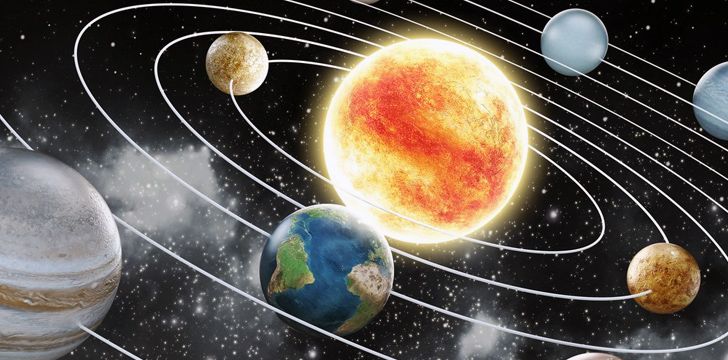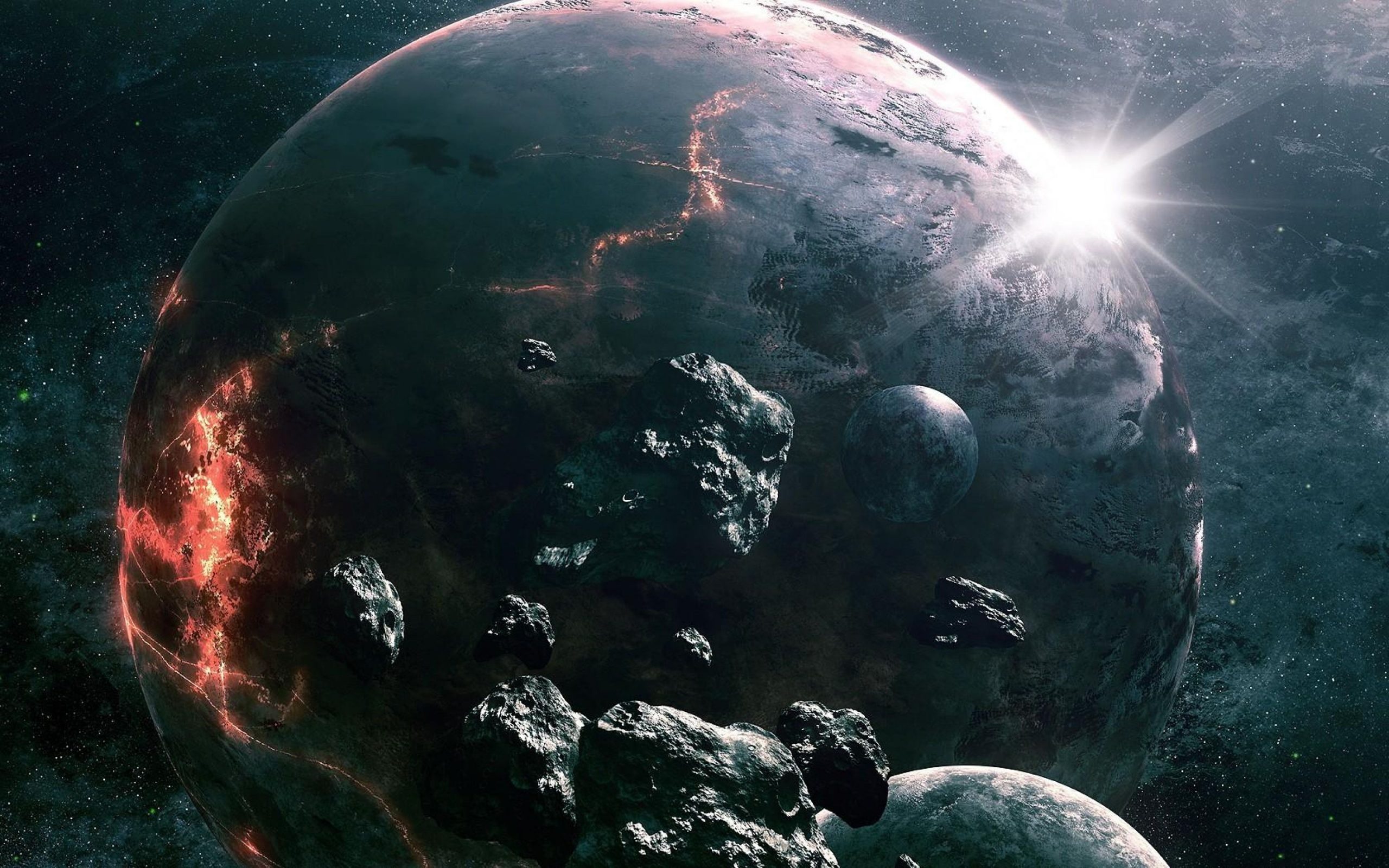HD free wallpaper OF SPACE DOWNLOAD
THIS WALLPAPER EXPLAINS THE SOLAR SYSTEM OF 8 PLANETS AND SUN OF WHICH THEY REVOLVE AROUND IT. BUT MERCURY IS KNOWN AS THE HOTTEST PLANET AMOUNG ALL THE PLANETS BECAUSE IT IS CLOSER free wallpaper TO SUN IN THE SOLAR SYSTEM AND DUE TO ITS HOTNESS. MERCURY IS A ROCKY PLANET, ALSO KNOWN AS TERRESTRIAL PLANET.SO ALL THE PLANETS ASSEMBLE AND MAKE A SOLAR SYSTEM
Space has been studied in the social sciences from the perspectives of Marxism, feminism, postmodernism, postcolonialism, urban theory, and critical geography. These theories account for the effect of the history of colonialism, transatlantic  slavery, and globalization on our understanding and experience of space and place. The topic has garnered attention since the 1980s, after the publication of Henri Lefebvre’s The Production of Space. In this book, Lefebvre applies Marxist ideas about the production of commodities and accumulation of capital to discuss space as a social product. His focus is on the multiple and overlapping social processes that produce space.
slavery, and globalization on our understanding and experience of space and place. The topic has garnered attention since the 1980s, after the publication of Henri Lefebvre’s The Production of Space. In this book, Lefebvre applies Marxist ideas about the production of commodities and accumulation of capital to discuss space as a social product. His focus is on the multiple and overlapping social processes that produce space.
In his book The Condition of Postmodernity, David Harvey describes what he terms the “time-space compression.” This is the effect of technological advances and capitalism on our perception of time, space and distance. Changes in the modes of production and consumption of capital effect and are affected by developments in transportation and technology. These advances create relationships across time and space, new markets, and groups of wealthy elites in urban centers, all of which annihilate distances and affect our perception of linearity and distance.
In his book Thirdspace, Edward Soja describes space and spatiality as an integral and neglected aspect of what he calls the “dialectics of being,” the three modes that determine how we inhabit, experience, and understand the world. He argues that critical theories in the Humanities and Social Sciences study the historical and social dimensions of our lived experience, neglecting the spatial dimension. He builds on Henri Lefebvre’s work to address the dualistic way in which humans understand space—as either material/physical or as represented/imagined. Lefebvre’s “lived space” and Soja’s “third space” are terms that account for the complex ways in which humans understand and navigate place, which “first space” and “Second space” (Soja’s terms for material and imagined spaces respectively) do not fully encompass.
Postcolonial theorist Homi Bhabha’s concept of Third Space is different from Soja’s Thirdspace, even though both terms offer a way to think outside the terms of binary logic. Bhabha’s Third Space is the space in which hybrid cultural forms and identities exist. In his theories, the term hybrid describes new cultural forms that emerge through the interaction between colonizer and colonized. See also











